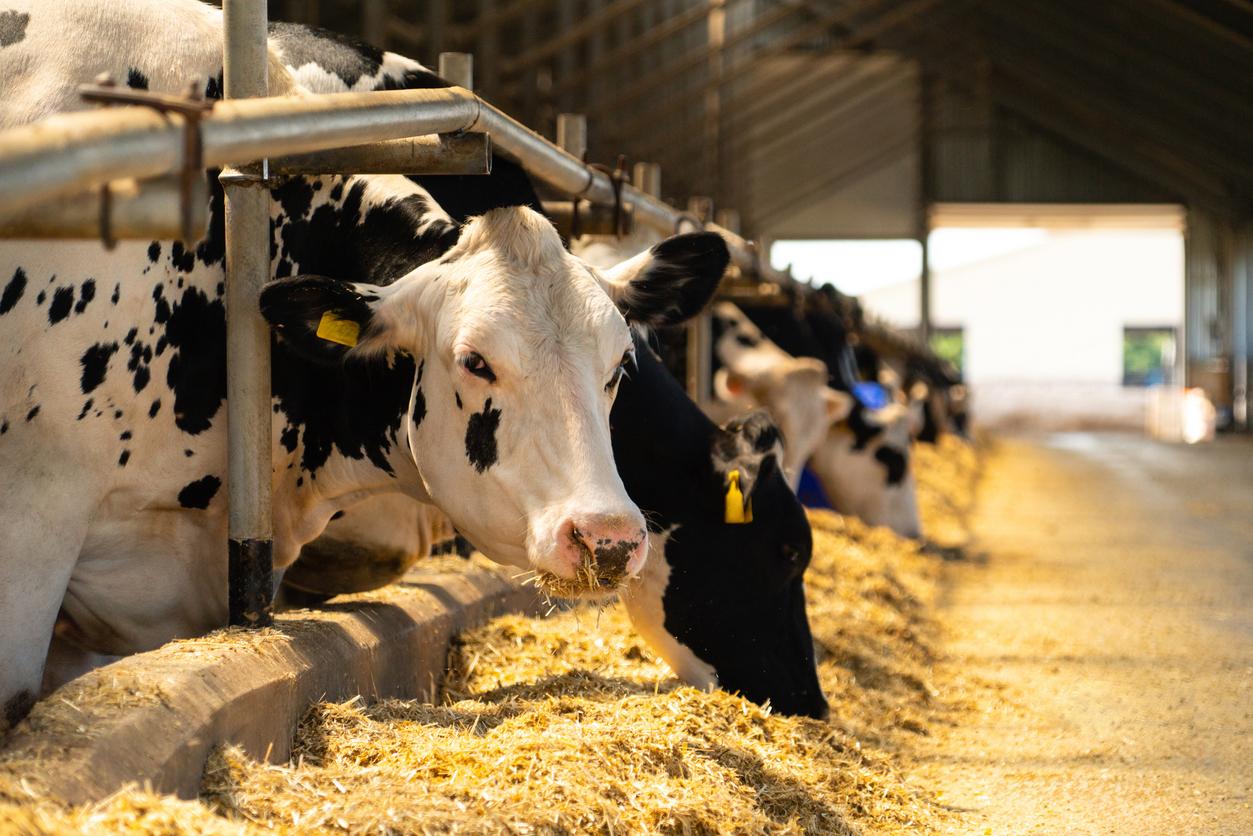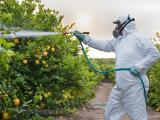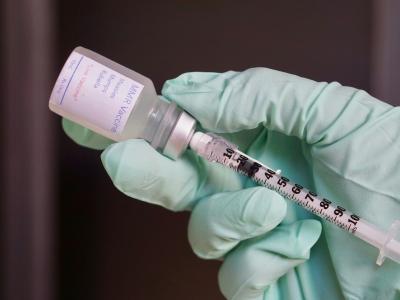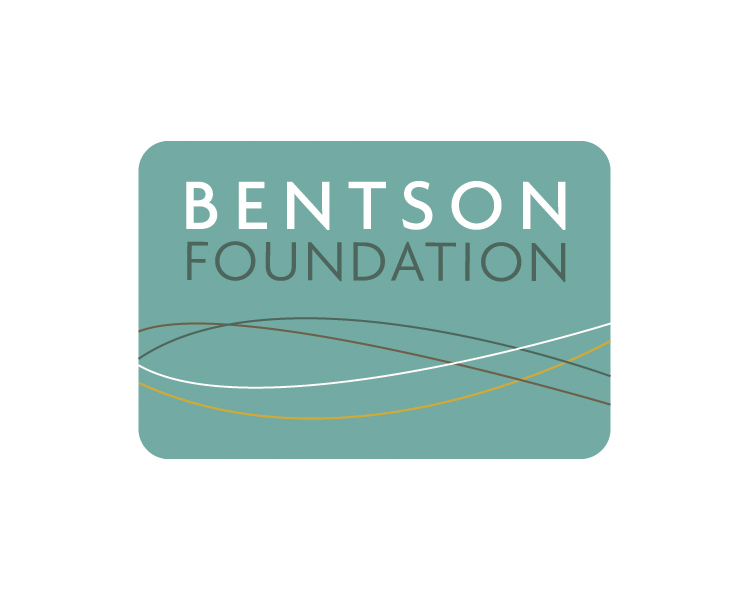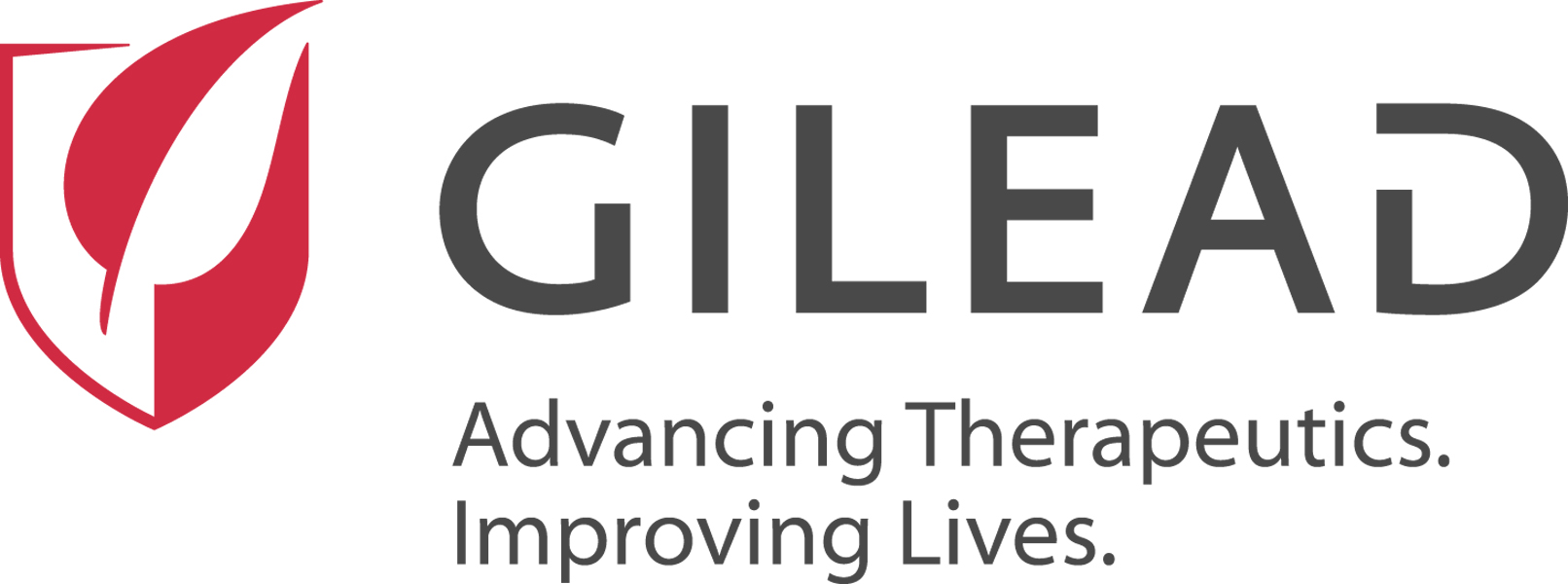New research on a subtype of Salmonella known to cause severe infections in cattle and people is shedding new light on the zoonotic and foodborne pathogen.
The study, conducted by researchers from Penn State University and published last week in Applied and Environmental Microbiology, analyzed more than 2,000 samples of Salmonella Dublin collected from 2002 through 2023 from environmental sources and sick humans and cattle. S Dublin is the most common Salmonella serovar isolated from clinical case submissions in cattle, and can cause severe invasive infections in calves.
While S Dublin has become particularly adapted to dairy and beef cattle, it's also been a cause of several US Salmonella outbreaks linked to raw milk, soft cheese, and beef, causing infections that are more severe than those caused by other Salmonella serotypes. In both cattle and human infections, S Dublin has exhibited increasing levels of antimicrobial resistance (AMR).
Given the potential threat to human and cattle health, as well as US food security, the researchers wanted to get a more comprehensive picture of how S Dublin is evolving across human, animal, and environmental reservoirs, and the factors driving increasing levels of AMR.
"Salmonella Dublin is an increasingly antimicrobial-resistant zoonotic pathogen, posing a significant threat to both human and animal health," the study authors wrote. "Understanding its evolutionary history and trajectory requires a One Health approach that considers transmission between reservoirs, such as cattle and humans, particularly through interconnected food systems."
Cattle strains carry more resistance genes
For the study, the researchers identified 2,150 S Dublin whole genome sequences—581 from clinical bovine sources, 664, from clinical human sources, and 905 from environmental sources—from the National Center for Biotechnology Information Pathogen Isolate Browser and the National Antimicrobial Resistance Monitoring Center. They then analyzed the genomes to evaluate strain relatedness, AMR genes and mobile resistance elements, and virulence factors.
The study authors say their approach differed from previous analyses of S Dublin, which have focused on specific sources, specific regions in the United States, or specific time periods.
"We wanted to get at the potential One Health dynamics of this pathogen in the U.S., a major beef and dairy producing country, by examining genomic differences and stability across strains from the different yet related sources and over time," first author Sophia Kenney, PhD, a postdoctoral researcher at Penn State's College of Agricultural Resources, said in a university press release.
What their analysis revealed was that the clinical bovine S Dublin strains had the highest prevalence of genes conferring resistance to tetracycline, sulfonamide, and beta-lactam antibiotics, along with the highest prevalence of plasmids (mobile pieces of DNA) carrying multiple AMR genes. The bovine strains also had greater diversity than human clinical and environmental strains.
Salmonella Dublin is an increasingly antimicrobial-resistant zoonotic pathogen, posing a significant threat to both human and animal health.
When the researchers compared the genomic core of all the S Dublin strains, they found a high degree of genomic similarity, independent of which source the strains came from, and the year and location where they were collected.
"That's important, because it shows that Salmonella Dublin is highly connected across humans, animals and the environment — so efforts to control it need to consider all three," said senior study author and associate professor of food animal microbiomes Erika Ganda, PhD.
Ganda and colleagues say the findings underscore the potential for cross-transmission, as well as the need for antimicrobial stewardship in both the human and animal sectors—cattle accounted for 41% of medically important antibiotic sales in the United States in 2023—and continuous biosurveillance of S Dublin across all sectors.
"A comprehensive One Health approach is crucial for effective S. Dublin management, integrating surveillance data from human, animal, and environmental sources to combat the evolving threat of this multifaceted pathogen," they concluded.
